Turmeric For Acne And Pimples: How To Use It Effectively
Curcumin is your best bet when you want to deal with acne issues at home.

Image: Shutterstock
Turmeric is a medicinal spice widely used in DIY skin care recipes. Throughout history, turmeric has been used in numerous cultures for its healing properties. It is highly regarded in Ayurveda for its effectiveness in addressing various skin issues. Furthermore, it is often used in many acne and skin care products for its anti-inflammatory properties. While there is limited evidence to prove the efficacy of turmeric for acne, its anti-inflammatory properties and therapeutic effects make it a beneficial ingredient in acne management (1), (2). It may also diminish acne marks and is suitable for sensitive skin. Keep reading to understand how turmeric may help minimize the occasional breakouts and ways to use it.
In This Article
Turmeric For Acne And Pimples: What Are The Benefits?
1. It Inhibits Acne-causing Bacteria
Curcumini A bright yellow pigment found in turmeric that helps manage inflammatory conditions, anxiety, and arthritis. has antibacterial properties. In a test-tube study done on pig skin, curcumin (along with Lauric acid) was found to inhibit the growth of P. Acnes, bacteria that cause inflammatory acne (3).
2. It May Reduce Inflammation
Curcumin has anti-inflammatory and antioxidant properties. A study indicates that when taken orally or applied, curcumin may help reduce inflammatory acne and other types of inflammation to keep your skin healthy (2).
3. It May Help Improve Dark Spots Caused By Acne

A study found that a cream containing turmeric extracts helped with skin tone improvement and acne hyperpigmentation (4). Hence, it may help in fading dark spots, left behind by stubborn acne, and blemish control.
Turmeric has other health and skin benefits, such as:
- It slows down aging by postponing the onset of age-related health issues by inhibiting inflammation caused by NF-kappaB (a protein complex that contributes to immunity and inflammation) (5).
- It prevents skin damage caused by UV radiation. A study done on hairless mice found that turmeric extracts could prevent wrinkles and loss of elasticity caused by UVB exposure and improve skin thickness, and play a key role in how to prevent acne (6).

Now that you know how turmeric can heal acne help in pimple prevention, and pimples and keep your skin healthy, scroll down to find out ways to use turmeric for acne and pimples.
 Quick Tip
Quick TipKey Takeaways
- Turmeric may help treat acne and other skin-related issues.
- It may help fade dark spots and treat acne scars caused by stubborn acne.
- Turmeric mixed with honey, and neem leaves may help reduce pimples.
- Turmeric mixed with aloe vera gel or olive oil may keep your skin healthy.
- Overuse of turmeric may lead to skin irritation and discoloration.
How To Use Turmeric For Acne And Pimples
Topical Application
1. Turmeric And Honey
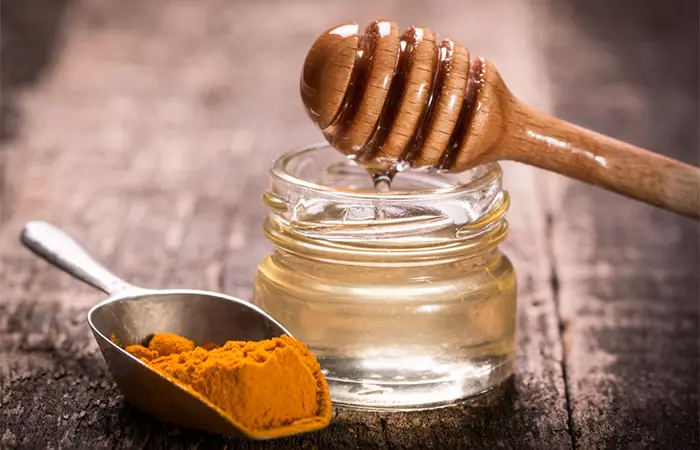
Test-tube studies have found that honey can inhibit the growth of Propionibacterium acnes and S. aureus (7). Along with herbs for acne, like turmeric, honey can help kill the acne-causing bacteria. Honey, being non-comedogenic, is often recommended for acne management.
Ingredients
- 1 teaspoon turmeric
- 1/2 teaspoon raw honey
Procedure
- Mix honey and turmeric to get a thick paste.
- Use this paste on spots for acne treatment or apply it all over your face (increase quantities accordingly).
- Leave it on for 10-12 minutes.
- Rinse with water.
How Often You Should Do This
- Do this once every day.
2. Turmeric And Yogurt
Yogurt may not help kill the acne-causing bacteria, but it contains lactic acid. It may have a mild exfoliating effect on your skin, and along with turmeric, this might accelerate healing.
Ingredients
- 2 tablespoons yogurt (curd)
- 1/2 teaspoon turmeric
Procedure
- Blend the turmeric well with the yogurt and apply the mixture to the affected area.
- Rinse after 15 minutes.
How Often You Should Do This
- Use this three to four times a week.
Siphosami, a YouTuber, who tried a turmeric face mask for seven days described her experience. She used a mixture of turmeric, yogurt, lemon, and honey to clear her skin of acne and pimples. She stated that, “On day 1 my skin was horrible and I had huge pimples there and here but on day 5 you guys can see the difference (i).” She further added, “It definitely works. I’ve seen the changes myself.”
3. Aloe Vera And Turmeric

Aloe vera can help heal acne faster (8). This combination may foster healing and help maintain your skin health.
Ingredients
- 2 tablespoons aloe vera gel
- 1/2 teaspoon turmeric
Procedure
- Extract fresh aloe vera gel from the center of an aloe vera leaf.
- Add the turmeric powder to this gel and mix well.
- Apply the mixture to the acne-affected area and let it sit for 10 minutes.
- Rinse it off using regular water.
How Often You Should Do This
- You can repeat this every day or every alternate day.
4. Turmeric And Baking Soda
It is not recommended to apply baking soda on your face or skin. Also, there is no research suggesting its efficacy for acne. However, it is a widely used remedy. Anecdotal evidence states that baking soda can dry out acne and help in healing it.
Ingredients
- ½ teaspoon turmeric powder
- A pinch of baking soda
- Water (to make a paste)
Procedure
- Mix baking soda, turmeric powder, and water to make a paste.
- Use a Q-tip to apply the mixture on the acne (as a spot treatment).
- Leave it to dry and then wash off.
How Often You Should Do This
- Do this not more than two times a week.
5. Lemon And Turmeric
Lemon is stated to have an astringenti A substance or chemical agent that helps shrink tissues and dry up skin secretions to tighten pores and cleanse the skin. effect on the skin, which may help in drying the acne lesions. Since lemon juice can be harsh on the skin, avoid using it undiluted. It also makes the skin photosensitivei Sensitive to light or electromagnetic or any other radiation that causes a risk of developing sunburn. , so make sure you apply sunscreen before you step out.
Ingredients
- 1 tablespoon lemon juice (dilute it with a tablespoon of water)
- 1/2 teaspoon turmeric
Procedure
- Mix the ingredients and apply the mixture to the affected area.
- Keep it on for 10-12 minutes and then wash it off.
How Often You Should Do This
- Do this once every day for the best results.
6. Besan And Turmeric
Besan or gram flour helps in skin cleansing and skin exfoliation. It helps to reduce excess sebum and is considered a good option for healing acne and pimples (9).
Ingredients
- 1 teaspoon turmeric
- 2 teaspoons besan (gram flour)
- 2-3 teaspoons rose water or yogurt
Procedure
- Mix the turmeric, gram flour, and rose water well until you get a thick paste.
- Apply the paste on a clean face.
- Leave it on for 15-20 minutes and wash it off.
How Often You Should Do This
- Repeat this two times a week.
7. Sandalwood And Turmeric
A blend of sandalwood oil and salicylic acid was found to improve acne in mice studies (10). However, more research is needed to conclude the efficacy of sandalwood in healing acne.
Ingredients
- 2 tablespoons sandalwood powder or 2-3 drops of sandalwood oil
- 1/2 teaspoon turmeric
- Rosewater
Procedure
- Mix the sandalwood powder, turmeric, and rose water in a bowl.
- Apply the paste on your pimples.
- Leave it on for about 15-20 minutes and then wash it off using lukewarm water.
How Often You Should Do This
- Use this mask for acne and pimples two times a week.
8. Milk And Turmeric
Milk contains lactic acid, which has a mild exfoliating effect. Due to its soothing properties, it may also provide skin irritation relief. The mixture of milk and turmeric is quite effective for acne-prone skin. This turmeric face pack’s benefits are numerous, as it also helps make your skin supple and glowing and works wonders on the signs of aging.
Ingredients
- 1/2 teaspoon turmeric
- 2 tablespoons milk
- Cotton ball
Procedure
- Mix the turmeric in the milk and apply it to the affected area using the cotton ball.
- Leave it on for 10 minutes and then rinse it off.
How Often You Should Do This
- Use this every alternate day.
9. Neem Leaves And Turmeric
Neem leaves have antibacterial effects against P. acnes and can help you manage acne (11).
Ingredients
- 10-12 neem leaves
- 1/4 teaspoon turmeric
Procedure
- Boil the neem leaves and grind them.
- Add the turmeric powder to this paste and mix well.
- Apply the mixture to the acne and let the pack dry naturally for about 10 minutes.
- Rinse with cool water.
How Often You Should Do This
- Do this two times a week.
10. Turmeric With Olive Oil
Olive oil may not have an anti-acne effect, but it can help in oil cleansing. It is also a good base for any face pack. Massaging olive oil mixed with turmeric may help cleanse your face thoroughly before you finally cleanse it with a mild face wash.
Ingredients
- 1 teaspoon turmeric
- A few drops of virgin olive oil
Procedure
- Add the olive oil to the turmeric and mix lightly.
- Apply the paste to the pimples.
- Keep it on for 15 minutes before rinsing with water.
- Follow it up with a mild cleanser.
How Often You Should Do This
- Repeat this once every day.
11. Turmeric And Cinnamon
Cinnamon has anti-inflammatory properties that help to manage acne. A study involving 20 patients with mild to moderate acne found that applying cinnamon gel helped improve acne lesions (12).
Ingredients
- ½ teaspoon cinnamon powder
- ½ teaspoon turmeric powder
- 1 teaspoon water or rosewater
Procedure
- Mix both the powders with water or rose water.
- Use a Q-tip to apply the mixture on the acne lesions.
- Leave it to dry and then wash off.
How Often You Should Do This
- Use this once every day until your acne heals.
12. Turmeric And Apple Cider Vinegar
Though there are no studies evaluating the effect of ACV on acne, people use this popular home remedy because of its skin benefits. It is thought to change the pH of the skin, which may inhibit the growth of bacteria. It also has a toning effect on the skin.
Ingredients
- ½ teaspoon turmeric powder
- 1 teaspoon apple cider vinegar (diluted with a teaspoon of water)
Procedure
- Mix a teaspoon of the diluted ACV with turmeric and make a paste. Adjust the quantity of the ACV as per the desired consistency of the mixture.
- Use a Q-tip to apply the mixture on your acne lesions.
- Leave it to dry and wash afterward.
How Often You Should Do This
- Use this once daily.
13. Multani Mitti And Turmeric
Multani mitti or Fuller’s earth helps to cleanse the skin thoroughly and also in skin rejuvenation. It also helps with skin brightening. Multani mitti for acne is effective as it ensures that the skin pores are not clogged, thus making it the best option for acne-prone skin. However, clay masks usually make the skin dry. Make sure to follow it up with a moisturizer if you have dry skin.
Ingredients
- 1-2 tablespoons of Multani Mitti
- 1 teaspoon turmeric powder
- Water or rosewater (adjust the quantity as per your desired consistency)
Procedure
- Mix all the ingredients and make a paste.
- Spread it evenly on your entire face or just the affected area.
- Let it dry and then wash off.
- Follow up with a moisturizer.
How Often You Should Do This
- Use this face mask once a week if you have dry skin and twice a week as part of your pimple treatment for oily skin.
14. Turmeric And Tea Tree Oil
Tea tree oil has natural antibacterial properties that can help reduce acne breakouts and inflammation, making turmeric and tea tree oil for acne a famous duo. According to research, tea tree oil is well tolerated and may reduce mild to moderate acne within 12 weeks (13).
Ingredients
- ¼ teaspoon of turmeric powder
- 2 drops of tea tree essential oil
- 1 tablespoon of aloe vera gel
- 1 teaspoon of lemon juice
Procedure
- Mix all the ingredients to create a paste.
- Apply the mixture evenly on your face and let it dry.
- Wipe it off with a warm, damp cloth.
- Follow up with a moisturizer.
How Often You Should Do This
- Repeat this face mask three to four times a week.
Oral Consumption
15. Turmeric Milk

This is the easiest way to consume turmeric and make use of its antibacterial and anti-inflammatory properties.
Ingredients
- A glass of milk
- 1 teaspoon turmeric
Procedure
- Add the turmeric to the milk and bring it to a boil.
- Drink while it is still warm.
How Often You Should Do This
- Drink this every day before going to bed.
You can also add turmeric to your curries, rice, and stews. You may buy turmeric tea and drink it. You can also go for curcumin supplements paired with a healthy acne diet plan. Although these supplements are considered safe, unregulated dosage of curcumin supplements may cause stomach upsets. Hence, consult a doctor before taking the supplements.
Though turmeric is touted as a skin savior due to its therapeutic effects and is also widely used in Ayurvedic and traditional medicine, it may cause some side effects.
 Fun Fact
Fun FactSide Effects Of Using Turmeric For Acne

Turmeric may cause:
1. Allergic Reactions And Contact Dermatitis
Curcumin has anti-inflammatory properties, but it is an allergeni A harmless substance or antigen that is capable of triggering an allergic or abnormal immune response. . It may cause hypersensitivityi An inappropriate reaction or immunologic response occurring in response to an allergen or antigen. and allergic reactions (14). Individuals with dry or sensitive skin should practice caution when using turmeric to avoid irritation. Before using turmeric, do a patch test to check if you are allergic to it. You can also consider mixing turmeric with calming ingredients, such as aloe vera or yogurt, to reduce the risk of irritation. If you are taking supplements, get an allergy test done beforehand.
2. It Can Cause Skin Staining
Turmeric has a deep shade of yellow (close to orange), which is why it is also used as a natural dye for fabric. Using turmeric may leave a yellowish stain on your skin, nails, clothes, and utensils. However, it goes away after two or three washes.
Although turmeric has earned a good reputation for its healing effects and there are studies proving the efficacy of turmeric for acne, none of these studies are conclusive as most of them have been done on animals. More human studies are warranted to establish the efficacy of turmeric in treating acne and pimples.
Moreover, turmeric is an allergen. Hence, exercise caution. Talk to your doctor to understand if your skin can tolerate turmeric or the other ingredients in the face packs discussed above.
Infographic: Skincare Tips For Acne
Turmeric is a popular spice used for its medicinal properties. Its antibacterial and anti-inflammatory properties make it ideal for treating acne. While you can use turmeric as a topical treatment, there are a few skincare tips you should keep in mind when dealing with acne.
Check out the infographic below to know more.
Some thing wrong with infographic shortcode. please verify shortcode syntax
Turmeric is a widely used spice in traditional medicines. The therapeutic effects and anti-inflammatory properties of turmeric make it an excellent choice to heal skin care issues. Using turmeric for acne is a common DIY remedy for acne management and skin healing. The benefits of using turmeric include reducing inflammatory acne, inhibiting the growth of acne-causing bacteria, minimizing the appearance of dark spots, and protecting your skin from UV damage. The tips mentioned above and instructions will help you know how to use turmeric for acne management.
Frequently Asked Questions
How much turmeric to take daily for acne?
If you are taking supplements, consult a doctor for the right dosage.
How long will it take for turmeric to work for acne?
Any natural remedy takes at least a month to show results.
Is it safe to use turmeric on popped pimples?
You can use it if you are not allergic to it or if it doesn’t irritate the skin.
Are there any risks of an allergic reaction to curcumin?
Yes, it might cause contact dermatitis.
Can we apply turmeric on pimples overnight?
Yes, you can apply turmeric on pimples overnight. However, it is necessary to proceed with caution as applying turmeric for a long period of time can stain your skin yellow. Overexposure may also cause more acne. However, if you want to know about other methods to treat pimples, you may read on how to get rid of pimples, as there are plenty of alternatives to consider.
Why does turmeric burn your face?
Curcumin is a component of turmeric that may sometimes cause an allergic reaction. Direct skin contact can burn, irritate, redden, and cause swelling (15).
Illustration: Effective Ways To Use Turmeric For Acne
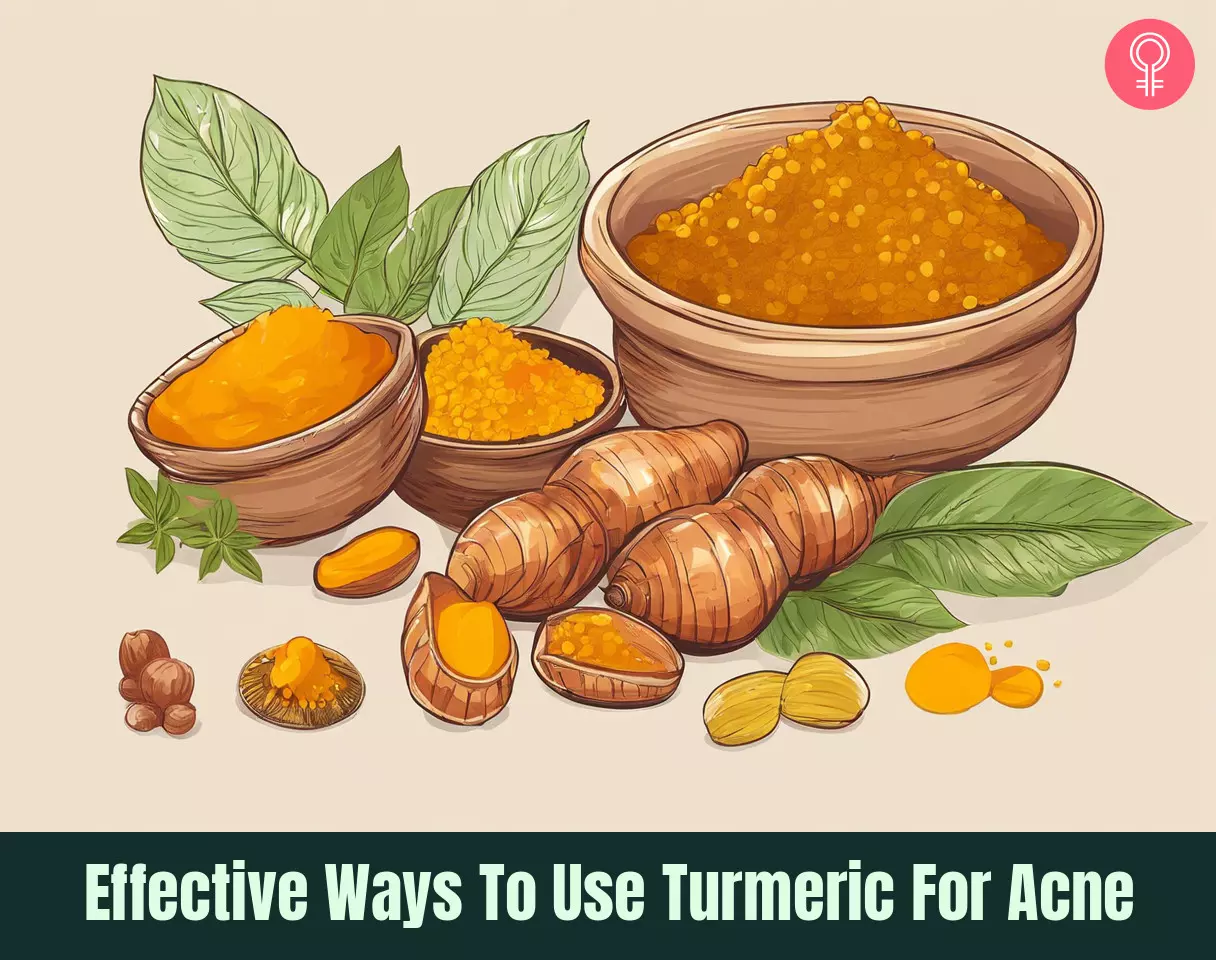
Image: Stable Diffusion/StyleCraze Design Team
Learn how to treat pimples and acne with turmeric powder. Discover a natural, easy, and effective way to get rid of acne and get clear skin with this video.
Personal Experience: Source
StyleCraze's articles are interwoven with authentic personal narratives that provide depth and resonance to our content. Below are the sources of the personal accounts referenced in this article.
i. I Tried Turmeric Mask For 7days – My Honest Review!! || Acne And Hyperpigmentationhttps://www.youtube.com/watch?v=6GPwZGzoj6M
References
Articles on StyleCraze are backed by verified information from peer-reviewed and academic research papers, reputed organizations, research institutions, and medical associations to ensure accuracy and relevance. Read our editorial policy to learn more.
- Curcumin: A Review of Its’ Effects on Human Health, Foods, US National Library of Medicine, National Institutes of Health.
https://www.ncbi.nlm.nih.gov/pmc/articles/PMC5664031/ - Effects of Turmeric (Curcuma longa) on Skin Health: A Systematic Review of the Clinical Evidence., Phytotherapy Research, US National Library of Medicine, National Institutes of Health.
https://pubmed.ncbi.nlm.nih.gov/27213821/ - In Vitro Anti-Propionibacterium Activity by Curcumin Containing Vesicle System, Chemical and Pharmaceutical Bulletin, J-Stage.
https://www.jstage.jst.go.jp/article/cpb/61/4/61_c12-01043/_html/-char/en - Are Natural Ingredients Effective in the Management of Hyperpigmentation? A Systematic Review, The Journal of Clinical and Aesthetic Dermatology, US National Library of Medicine, National Institutes of Health.
https://www.ncbi.nlm.nih.gov/pmc/articles/PMC5843359/ - The promise of slow down ageing may come from curcumin. Current Pharmaceutical Design, US National Library of Medicine, National Institutes of Health.
https://pubmed.ncbi.nlm.nih.gov/20388102/ - Effects of a turmeric extract (Curcuma longa) on chronic ultraviolet B irradiation-induced skin damage in melanin-possessing hairless mice., Phytomedicine, US National Library of Medicine, National Institutes of Health.
https://pubmed.ncbi.nlm.nih.gov/19577913/ - Honey: A Therapeutic Agent for Disorders of the Skin, Central Asian Journal of Global Health, US National Library of Medicine, National Institutes of Health.
https://www.ncbi.nlm.nih.gov/pmc/articles/PMC5661189/ - Aloe Vera: A Short Review, Indian Journal of Dermatology, US National Library of Medicine, National Institutes of Health.
https://www.ncbi.nlm.nih.gov/pmc/articles/PMC2763764/ - In-House Preparation and Standardization of Herbal Face Pack, The Open Dermatology Journal, Bentham Open, Semantic Scholar.
https://www.semanticscholar.org/paper/In-House-Preparation-and-Standardization-of-Herbal-Pal-Pal/e47d35a89c587c622323b5a7fc4e30f55d5be6df?p2df - Single-center, open-label study of a proprietary topical 0.5% salicylic acid-based treatment regimen containing sandalwood oil in adolescents and adults with mild to moderate acne. Journal of Drugs in Dermatology, US National Library of Medicine, National Institutes of Health.
https://pubmed.ncbi.nlm.nih.gov/23377508/ - Assessment of Antibacterial Activity of Neem and Coriander Leaves Extract against Staphylococcus epidermidis and Propionibacterium acnes: Development and Evaluation of Herbal Anti-acne Gel, International Journal of Ayurveda and Pharmaceutical Chemistry.
https://oaji.net/articles/2019/1791-1547225556.pdf - Efficacy of topical cinnamon gel for the treatment of facial acne vulgaris: A preliminary study, Biomedical Research and Therapy, BioMedPress.
http://bmrat.org/index.php/BMRAT/article/view/515 - Curcumin A Contact Allergen, The Journal of Clinical and Aesthetic Dermatology, US National Library of Medicine, National Institutes of Health.
https://www.ncbi.nlm.nih.gov/pmc/articles/PMC4689497/ - Curcumin: A Contact Allergen. The Journal of Clinical and Aesthetic Dermatology, US National Library of Medicine, National Institutes of Health.
https://pubmed.ncbi.nlm.nih.gov/26705440/
Read full bio of Dr. Hari Hara Sudhan
Read full bio of Ramona Sinha
Read full bio of Eshna Das
Read full bio of Krati Darak






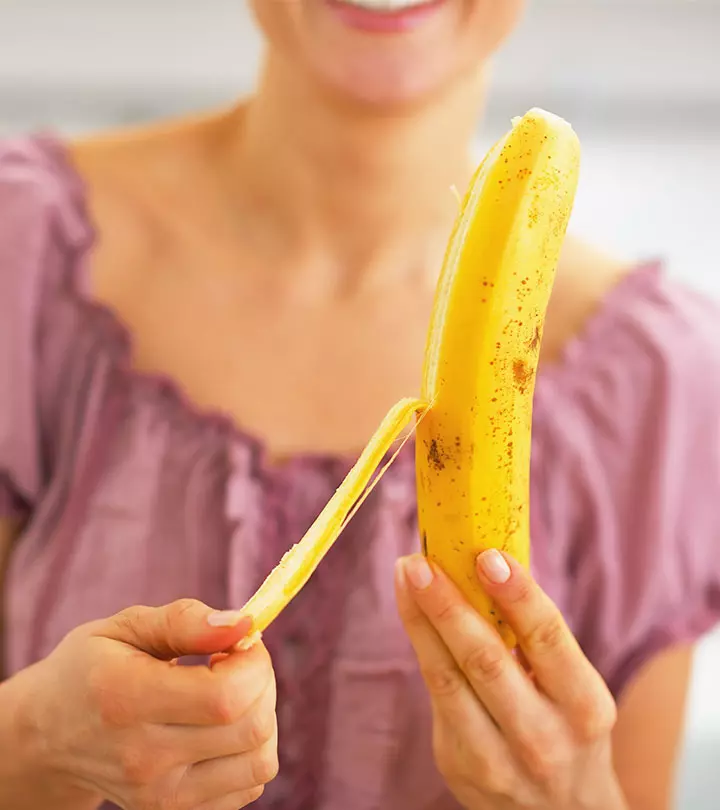




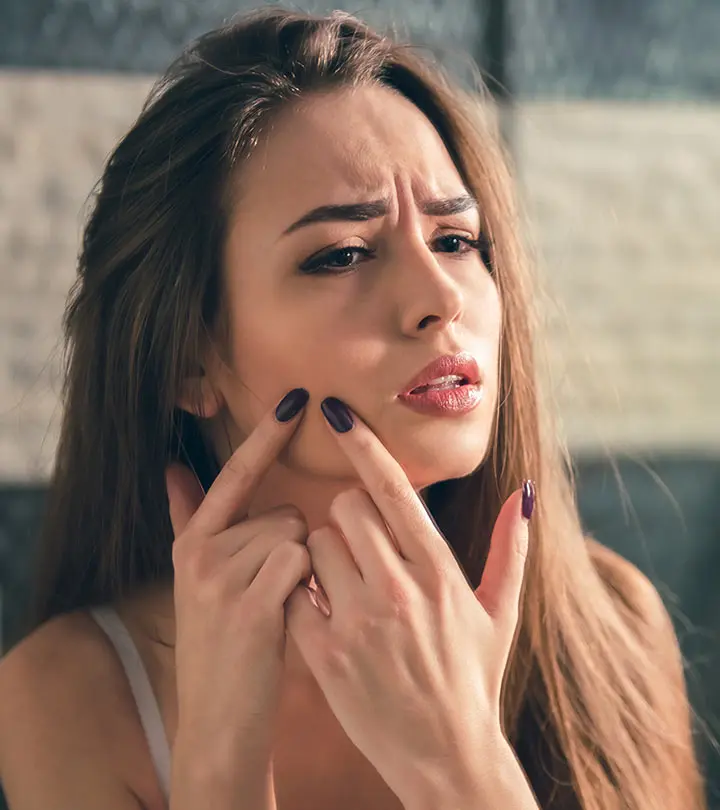


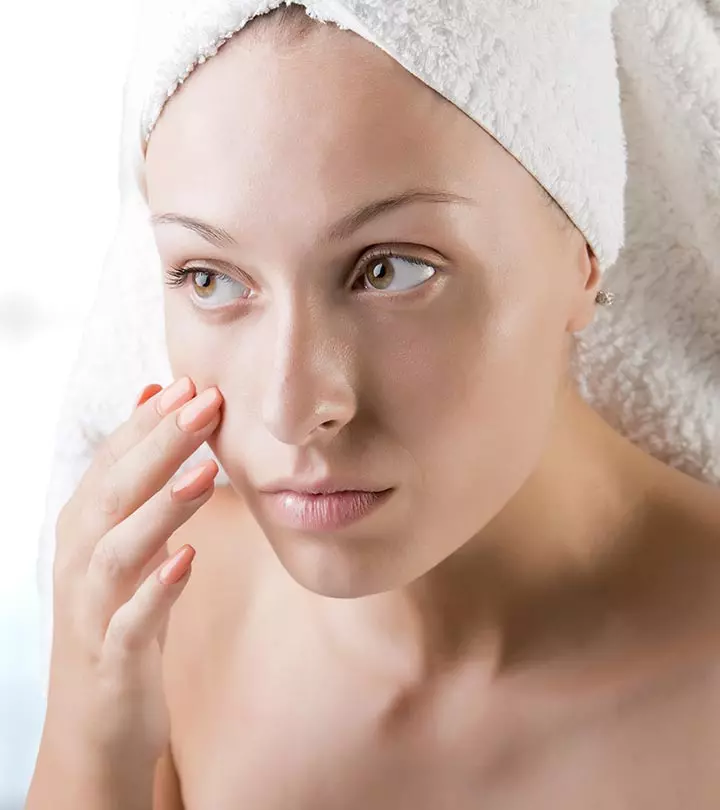












Community Experiences
Join the conversation and become a part of our empowering community! Share your stories, experiences, and insights to connect with other beauty, lifestyle, and health enthusiasts.